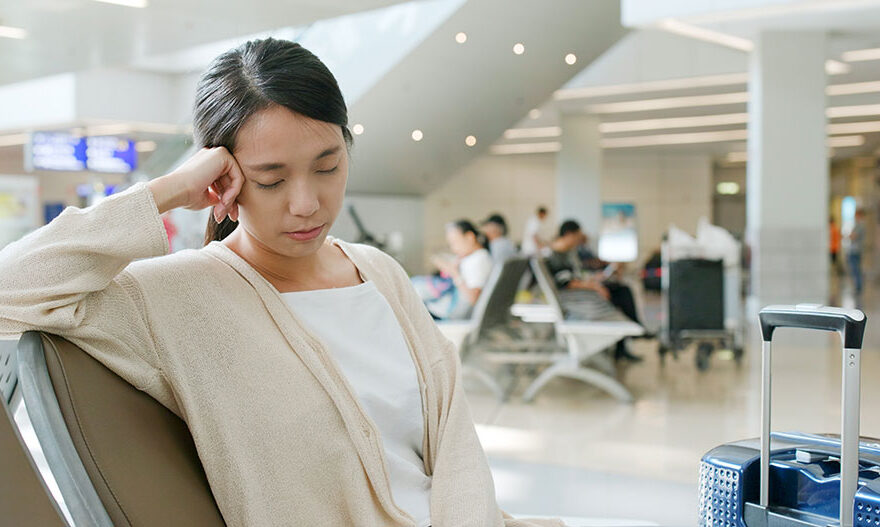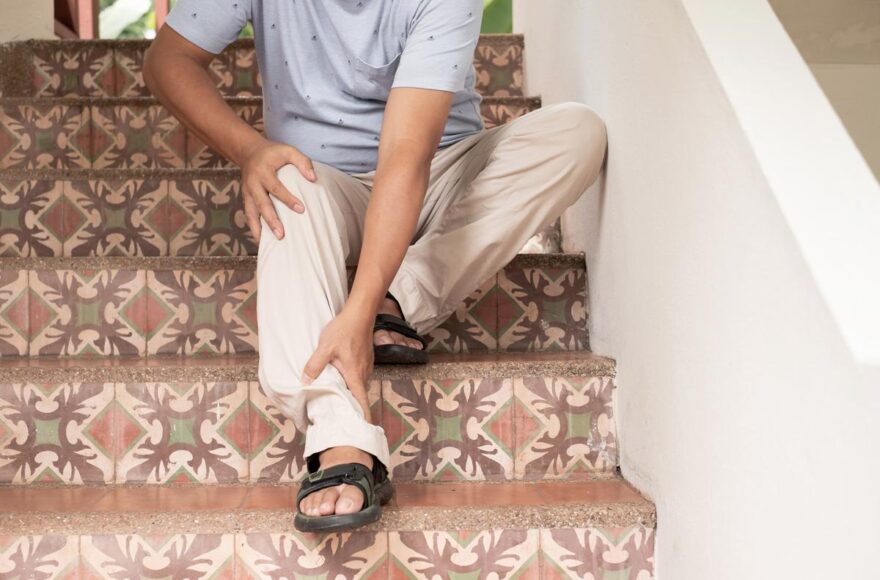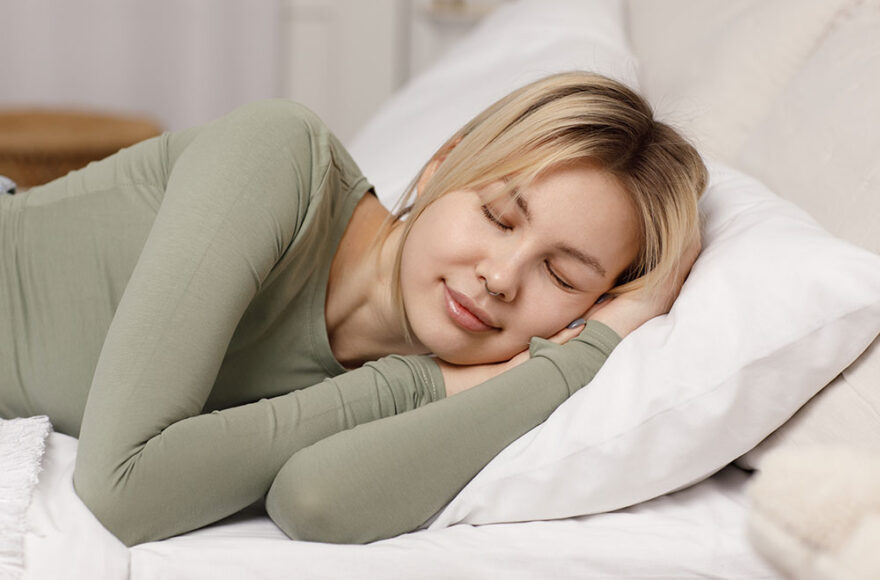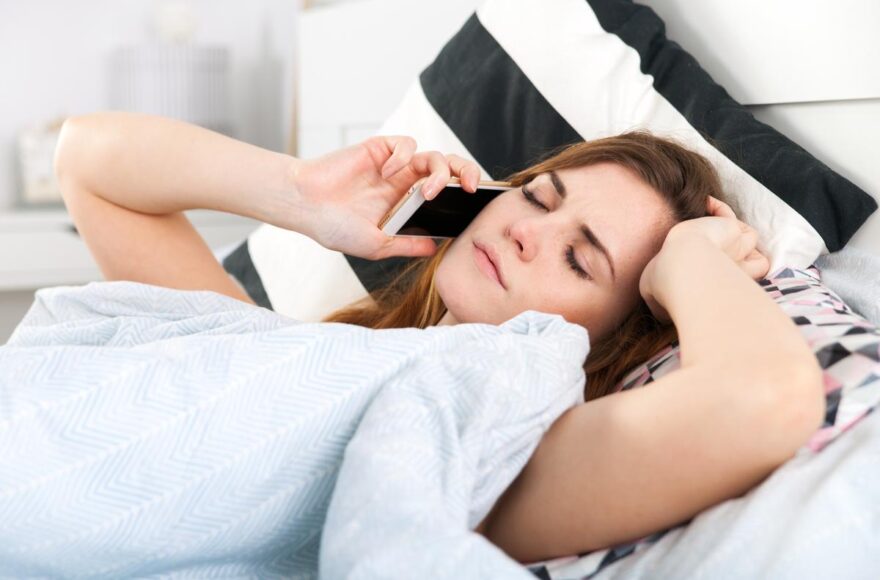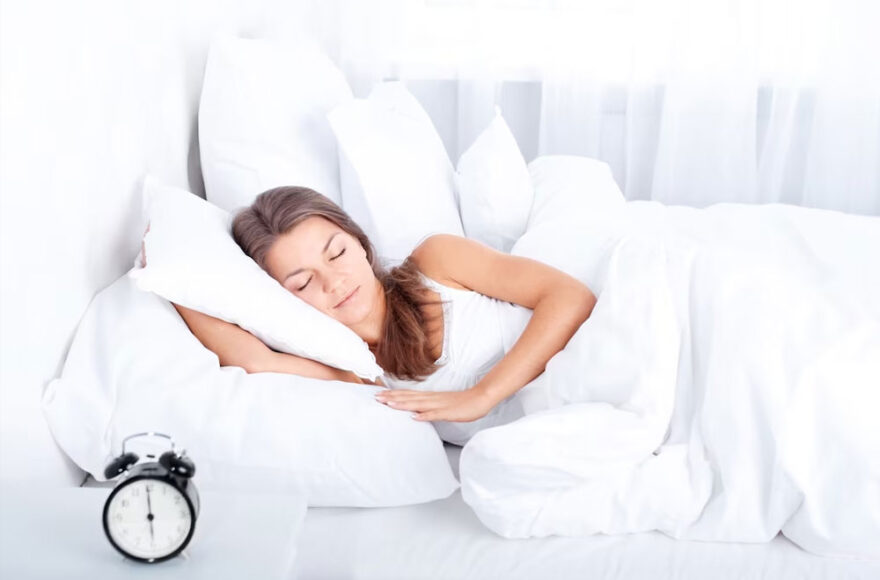Somnambulism Sleep Walking Causes, Treatment, Symptoms and more
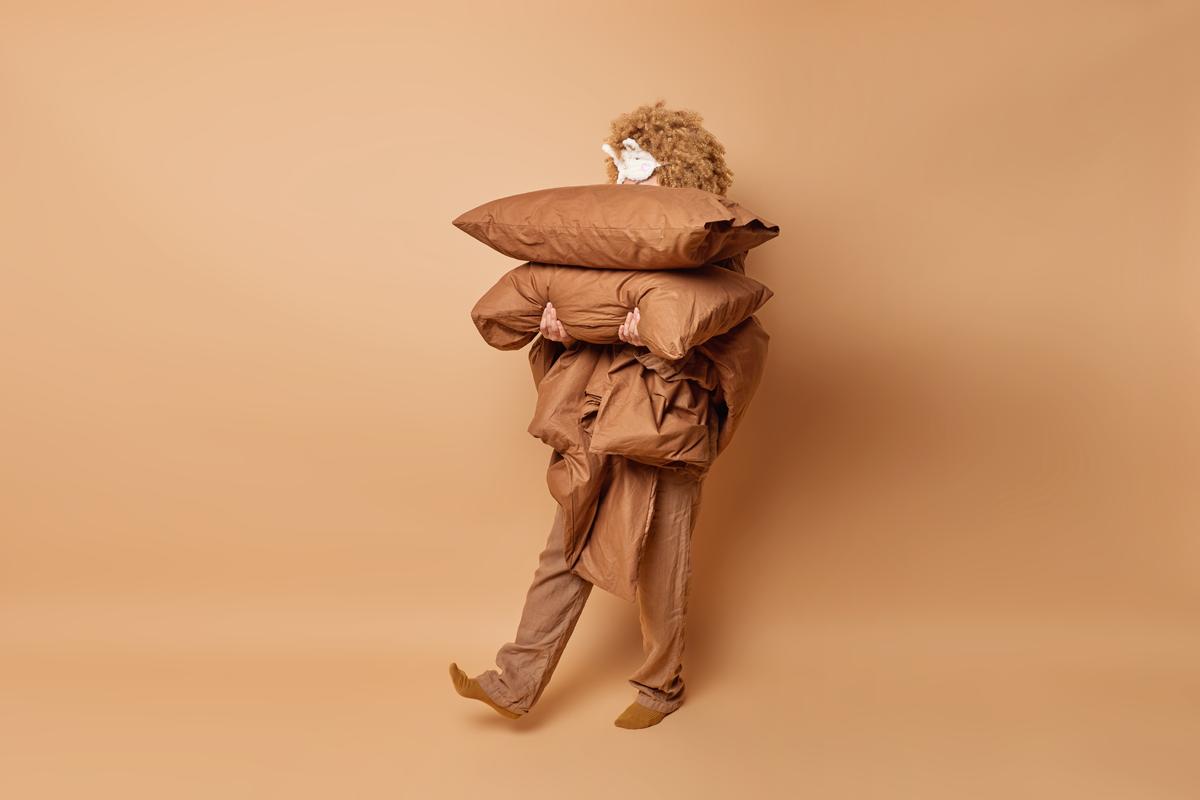
Table of Contents
- Overview
- What is sleepwalking?
- What are the symptoms of sleepwalking?
- What are the causes of sleepwalking?
- How do you know the person do sleepwalking?
- What is the treatment for sleepwalking?
- 1. Treating any underlying condition
- 2. Adjusting Medications
- 3. Anticipated Awakening
- 4. Cognitive Behavioral Therapy
- 5. Medications
- 6. Lifestyle and Home Remedies
- 1. Eliminate safety risks
- 2. Gently lead the person sleepwalking to bed
- 3. Get enough sleep
- 4. Practice a relaxing routine before bedtime
- 5. Address the cause of stress
- 6. Look for a pattern
- 7. Avoid alcohol
Overview
Sleepwalking, also known as somnambulism, is a common sleep disorder characterized by an individual getting up from bed and performing activities like walking, eating, or talking while unconscious. It is more commonly observed in children than adults and tends to decrease frequently as children grow into their teen years.
This is because children tend to experience more deep sleep than adults, and sleepwalking is associated with a deep sleep state. As we age, the duration of deep sleep states tends to decrease. However, adults may also experience sleepwalking due to causes such as sleep deprivation and stress.
Sleepwalking can be easily diagnosed, with symptoms typically reported by parents or partners. In most cases, sleepwalking goes away on its own without any treatment. However, safety precautions are essential to prevent the sleepwalking individual from sustaining injuries. Additionally, expert advice on lifestyle changes and home remedies may help to improve sleep quality.
Read on to learn more about sleepwalking, including its symptoms, causes, treatments, and more.
What is sleepwalking?
Sleepwalking (also called somnambulism) is a disorder that makes you get up or walk around or do things while you are asleep. And in some cases, you may talk, which makes no sense. It occurs during the first part of the night, usually within an hour or two of falling asleep. When you are passing from a deep sleep stage to a lighter sleep stage or coming awake.
It is more common in children aged 4-8. But sometimes adults can do it. Mostly in people with a family history of the condition, sleep deprived, or have repeated nighttime awakenings.
Sleepwalking can cause injuries and daytime drowsiness. If your family member or child can walk in sleep. In that case, it is essential to protect them from potential harm related to sleepwalking.
What are the symptoms of sleepwalking?
Sleepwalking can occur rarely, but its episode generally lasts several minutes or longer. The symptoms of sleepwalking other than getting out of bed and walking around, are
- Sit up in bed and open their eyes.
- They may do repeating movements, such as rubbing their eyes or tugging on pajamas.
- They have a glazed, glassy-eyed expression(sleepwalkers’ eyes are open, but they do not see the same when fully awake).
- Not responding or communicating with others or responses may not make sense.
- It is challenging to wake up during an episode.
- Also can talk in their sleep.
- They have clumsy or awkward behavior for a short time after being awakened.
- They do not remember about the last night in the morning.
- They have less focused during the day because of disturbed sleep.
- Also, have sleep terrors with sleepwalking.
Sometimes, a sleepwalking person will also do the following
- Routine activities, such as getting dressed, eating, or preparing meals.
- Trying to leave the house.
- Urinate in places other than the toilet, like the closet.
- Drive a car that can cause injury.
- Having sex or engaging in sexual activity without awareness.
- Becoming violent for a short period immediately after waking or occasionally during sleepwalking.
- Get injured by jumping out a window or falling down the stairs.
What are the causes of sleepwalking?
Sleepwalking may occur due to several causes, including
1. Genetics and family history
Sleepwalking is more common in children but reduces in the teen years. Sleepwalking is run in the family. So if one parent sleepwalks, the children have 10 times more chance to sleepwalk.
Studies suggest that sleepwalking and other NREM parasomnias are genetically transferred to the next generation. The study shows about 22% of children experience this condition whose parents have no history of sleepwalking. While about 47% of children sleepwalk whose parent has a history of sleepwalking. Plus, about 61% of children sleepwalk when both parents do sleepwalk.
2. Sleep deprivation
People who don’t get enough Zzzs are more prone to sleepwalking. This is because it takes more time to get into a deep sleep state after a period of sleep deprivation.
Researchers who studied people with a history of sleepwalking found that MRI brain scans show sleep-deprive can increase the number of sleepwalking episodes people experience.
3. Stress
Stress can induce many conditions, including sleepwalking. Stress can make you restless at night, and you find it difficult to fall asleep. You may have stress due to several causes, such as
- Due to physical discomfort, such as pain.
- Due to emotional problems like your getting divorced or having a breakup.
- When traveling or sleeping in an unfamiliar place like a hotel room or a new house.
- Workload or study problems at school.
One study of 193 patients conducted in a sleep clinic suggests that stressful events experienced during the day are one of the primary triggers of sleepwalking episodes.
Experts advise a few things do before bedtime to decrease your daily stress levels. These stress-reduction techniques include
- Do regular exercise.
- Practice mindfulness exercises such as yoga and tai chi.
- Limit your caffeine intake.
- Do breathing exercises.
4. Certain medications
Some sleep medications can make people sleepwalk. The sedative effect of these medicines pushes people into a deep sleep state that increases their chances of having a sleepwalking episode. It includes medicines
- Sleep-inducing drugs.
- Used to treat narcolepsy.
- Benzodiazepine receptor agonists.
- Antidepressants.
- Antipsychotics are used to treat psychiatric disorders.
- Beta-blockers are used to treat heart disease and anxiety.
5. Migraine
Chronic migraine can make you more prone to sleepwalking. In a 2015 study, a group of sleep experts interviewed 100 patients who sleepwalk frequently. They found a h3 relationship between sleepwalking and lifelong headaches such as migraine.
6. Breathing disorders (Obstructive sleep apnea OSA)
Breathing problems like OSA can make you sleepwalk. It is a sleep disorder that causes shortness of breath for short periods while you sleep. This is because the airway gets blocked and causes short lapses in breath during sleep.
It’s more than just snoring; these pauses occur dozens of times per night. This can create sleep interruptions that may give rise to sleepwalking.
7. Restless Leg Syndrome (RLS)
It is a type of sleep disorder that causes a h3 urge to move the limbs when a person is at rest or in bed, especially at night. RLS is associated with nighttime arousals that cause a person to enter into a sleepwalking episode.
Some studies suggest that people with RLS are not more prone to sleepwalk than others. While other studies show a relationship between the medications used to treat restless leg syndrome and sleepwalking.
8. Fever
A high fever can make a person sleepwalk. It is more common in children; they sleepwalk in a high fever more likely. It also may be related to increased illness-driven arousal during the night.
9. Gastroesophageal reflux disease (GERD)
In GERD, your stomach contents(acid) can come back up through your esophagus and cause uncomfortable burning sensations. The symptoms of GERD become worse at night in many people.
This makes them more prone to sleepwalking and other sleep disorders. GERD can make you awake at night or make it difficult to continue sleep. Also, cause long-term exhaustion, which causes it more vulnerable to sleepwalking episodes.
10. Brain injury
Brain injury may trigger sleepwalking. It causes conditions that affect the brain, like swelling of the brain (encephalitis).
11. Parkinson’s disease
Parkinson’s disease can cause a person to sleepwalk. It is a nerve disorder that affects your body’s ability to move. Parkinson’s is a progressive disease that affects the parts of the brain stem which control movement and sleep.
In the REM sleep stage, you are dreaming, and your brain temporarily paralyzes some muscles to prevent you act to your dreams and hurt yourself. Some studies show that Parkinson’s disease can interrupt this REM sleep stage. And keep that sleep paralysis from happening completely, which makes you act to your dreams and prone to sleepwalking.
12. Alcohol
Alcohol is associated with sleep disorders, including sleepwalking. Drinking alcohol in the evening can cause initial drowsiness, and you sleep a lot sooner than you do. But when the alcohol effect wards off, you walk up (partially) in the middle of the night and are more prone to sleepwalking.
How do you know the person do sleepwalking?
The diagnosis of sleepwalking may be easy, and only the observer can see the symptoms. The person who sleepwalks at night does not remember anything in the morning. After reporting symptoms, the doctor may ask about your family and medical history and the list of medications you use.
Further, he may recommend some tests to rule out other medical conditions that make you sleepwalk. These tests might include the following
Physical exam
It helps to rule out other conditions mixed up with sleepwalking, such as nighttime seizures, panic attacks, or other sleep disorders.
Nocturnal sleep study (polysomnography)
The doctor may recommend you an overnight study in a sleep lab. You have to sleep overnight in a sleep lab. Sensors are attached to your body to record your brain waves, blood oxygen level, breathing, heart rate, and eye and leg movements while you sleep.
EEG
In rare cases, your doctor may recommend this test. It measures your brain activity while you sleep.
What is the treatment for sleepwalking?
Treatment for sleepwalking mainly depends on the following
- The patient’s age.
- How frequently it occurs?
- How dangerous or disruptive are the episodes?
Sleepwalking is a common problem in children, and it goes away when they grow into their teen years. So no active treatment is required for children. Episodes are rare and harmless for the sleeper or those around them.
Also, episodes often get less frequent with age, and sleepwalking is resolved on its own without any specific therapy. But it is necessary to take safety steps to address sleepwalking. Also, there are several approaches that may be effective in a treatment plan. The doctor can find the causes and create a tailored treatment plan for the patient. The treatment includes
1. Treating any underlying condition
Sleepwalking is associated with sleep deprivation, an underlying sleep disorder, or a medical condition like OSA or RLS. Treating that the disease can stop sleepwalking.
2. Adjusting Medications
If a person is using sedatives or other medications, that may cause sleepwalking. The doctor may recommend a dosage change or switching to a different drug to prevent sleepwalking.
3. Anticipated Awakening
Anticipatory awakening is effective in children. It includes waking up the person about 15 minutes before he or she usually sleepwalks. Then make him or her stay awake for a few minutes before falling asleep again.
It works because sleepwalking is associated with the deep sleep stage, which happens at the same time each night. And walking up just before that time can prevent them from partial awakening, which makes them sleepwalk. It is helpful for children, but the effects are not carefully studied in adult patients.
4. Cognitive Behavioral Therapy
Therapy or counseling can help to reduce stress which is the primary cause of sleepwalking. Cognitive behavioral therapy (CBT) effectively treats sleep-related problems and is considered a first-line treatment for insomnia.
It includes sessions with professionals to encounter negative thoughts and acts. Also, relaxation techniques may help prevent stress-related episodes of sleepwalking.
5. Medications
Medications are the last option for the treatment of sleepwalking. Doctors may recommend benzodiazepines and antidepressants.
6. Lifestyle and Home Remedies
Lifestyle changes and home remedies can reduce the risk of sleepwalking. These include
1. Eliminate safety risks
Keep your home environment safe for your loved ones and reduce the chances of injuries. You can use these ways to reduce safety risks include
- Hide all sharp objects or weapons and keep them out of reach.
- Make sure all exterior doors and windows are locked before bedtime.
- Also, lock interior doors or use door alarms or bells on the doors.
- Remove tripping hazards from the floor and move electrical cords.
- Block stairways with a gate and, if possible, install lights with motion sensors.
2. Gently lead the person sleepwalking to bed
If you see a person who sleepwalks, do not wake up the person. It can make them confused, disoriented, and possibly agitated.
3. Get enough sleep
Fatigue or deprived sleep is the primary cause of sleepwalking. The following tips can help you with deprived sleep.
- Try to sleep early in the evening.
- Try to maintain a sleep schedule with constant wake-up and bedtime.
- Take a short nap during the daytime (helpful, especially for toddlers).
- Avoid sleep-time noises or other stimuli (blue light) that could interrupt sleep.
- Make your bedroom a comfortable and quiet place for sleep.
4. Practice a relaxing routine before bedtime
Relaxing techniques and meditation can help you sleep better. You can also try calming activities before bed, such as
- Reading books.
- Doing puzzles.
- Listen to calming music.
- Take a warm bath.
5. Address the cause of stress
Address the cause of stress and find a way to handle the stress. Talk to your loved ones about what is bothering them and their concerns. Seek a mental health professional to help.
6. Look for a pattern
Make a sleep journal and note how many minutes after bedtime a sleepwalking episode occurs. Note it for several nights. And if the timing is relatively consistent, this information is helpful in planning anticipatory awakenings.
7. Avoid alcohol
Drinking alcohol can interfere with a good night’s sleep and make you more prone to sleepwalking.
